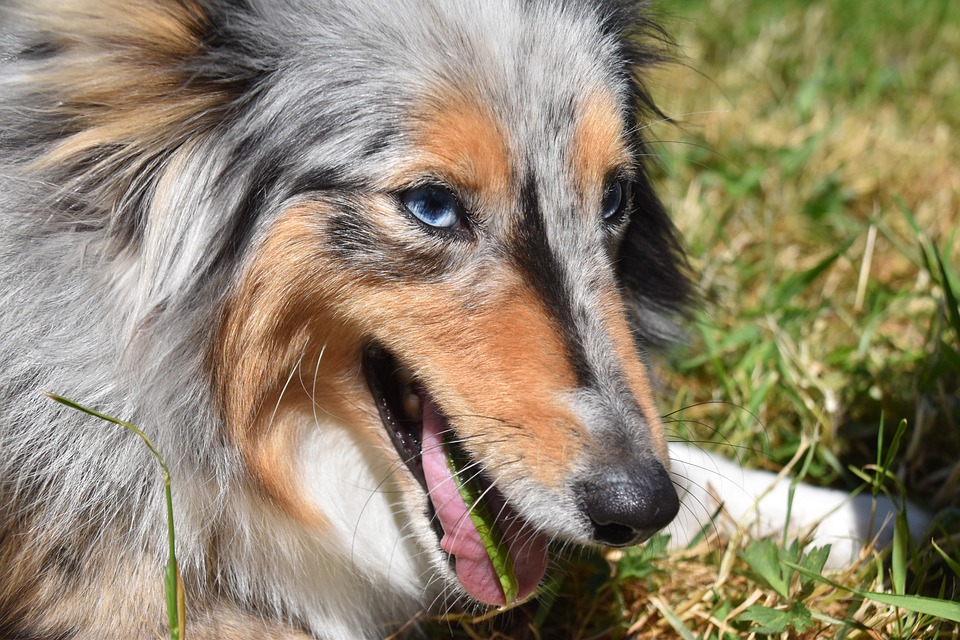It can be difficult to recognize a dog’s food allergy unless you know the basic information related to the type of allergy. The first symptoms of a dog food allergy are facial and/or stomach itching, limb chewing, frequent ear infections and/or skin infections. Dogs often consume manufactured foods such as various unknown proteins, fillers, dyes and more.
Suspect a food allergy if you see the dog itching after eating. Note the specific food causing the reaction. Conditions such as fungal infection must also be ruled out before drawing any conclusions. Many dogs are allergic to corn or wheat.
Food allergies vary from dog to dog. Read dog food labels before introducing new foods. Food coloring should be avoided as it can cause your dog to develop new allergies or worsen existing allergies. Allergies in dogs are also often associated with hyperactive behavior.
All food additives, such as dyes or preservatives and/or fatty foods, can cause such food allergies in dogs. Be careful when “trying” a new diet, and if you must add it, carefully check the dog for signs of allergy. The dog may have other problems, such as pancreatitis. Observe your dogs every time you feed them and always look for signs of a change in behavior. Remember any noticeable changes, contact the vet and record differential diagnoses over time.

